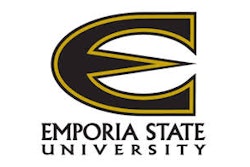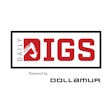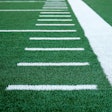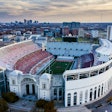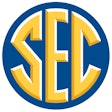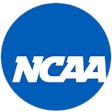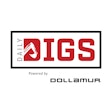|
Copyright 2013 Philadelphia Newspapers, LLC All Rights Reserved The Philadelphia Inquirer |
|
September 4, 2013 Wednesday
CITY-D Edition |
|
BUSINESS; P-com Biz; Pg. A11
|
|
709 words
|
| NFL settlement was a matter of time |
|
By Chris Mondics; Inquirer Staff Writer
|
|
If there ever was an anguish-inducing choice, the options faced by lawyers at Anapol Schwartz in the NFL head-injury lawsuit presented it. The players, many of them, had a claim and a lot of science to back up their belief that years of head-banging in the sometimes exceptionally brutal sport of professional football had left them with horrible neurological damage. But the players also had a contract with the NFL that barred them from suing their employers. They might have been able to litigate that point, arguing that the NFL had concealed the risk. But given the way the American civil-justice system works, odds were that many of the players would be dead by the time the case was resolved. So the plaintiffs' lawyers opted for a $765 million settlement. Setting aside for a moment the deal's high dollar amount, it is a choice faced by such attorneys and their clients every day: spend years in discovery and go to trial, where you risk losing everything, or settle now for less than what you think the case is worth. They went for the settlement. In the end, that was the better way, said Sol Weiss, a shareholder at Philadelphia-based Anapol, because the cost of delay would have been enormous. "I felt that we were duty-bound to get people the money that they needed now rather than waiting five to 10 years," said Weiss, who filed the first lawsuit and served as co-lead counsel in the litigation. The NFL head-injury lawsuit grew, in large measure, out of years of litigation by Anapol Schwartz over medical-malpractice cases, athletic injuries, and defective helmets. As co-lead counsel, Weiss, along with Christopher Seeger, a new York City-based plaintiffs attorney, helped direct strategy and played a key role in fashioning the settlement announced Thursday. The firm has long represented professional sports players in workers' compensation cases against their leagues and had represented high school and college athletes who were injured on the playing field. When Weiss and others at the firm began to hear of NFL players suffering from chronic neurological damage, likely the result of repeated concussive collisions, they began to explore the possibility of suing the NFL on the premise that it had failed to protect the players' health. "We started thinking that this was not unique, and we realized that helmets can't protect you from all kinds of injuries," Weiss said. The firm merged with a Scottsdale, Ariz., plaintiffs practice in 2010 headed by Weiss' childhood friend Larry Coben, a fortunate combination in light of the NFL litigation. Coben had developed a specialty practice suing helmet manufacturers. Weiss said the firm consulted with neurosurgeons and scientists, reviewed the literature, and conferred with injured players. The result was that the firm filed the first head-injury lawsuit in 2011 on behalf of former Atlanta Falcon Ray Easterling and other players. Other plaintiffs firms joined the fight, and, soon after, they organized into a multifirm litigation team. Seeger and Weiss ran the litigation day to day. Fees in contingency litigation typically amount to about a third of the settlement, but they are apportioned differently, depending on the amount of money the firms invest in the case and how much work they do. The consensus among legal observers is that the risks in this instance were significant. One, perhaps surmountable, was establishing whether the neurological damage occurred in the NFL, or earlier - in college or during high school games and practices. A more concrete obstacle, though, was the players' contract, which barred lawsuits against the league and required that disputes to go to arbitration. Weiss said that the plaintiffs' team was prepared to press the NFL on that point, with the argument that such arbitration clauses are legally invalid if the employer, in this case the league, had knowledge of the risks of head injuries but failed to share it with the players. But Weiss said litigating that one point might have taken years, delaying the start of a trial. Meantime, many former players needed medical treatment or badly needed income because their injuries had made them unable to work. Contact Chris Mondics at 215-854-5957 or [email protected]. |
|
PAUL SANCYA / AP
|
|
September 4, 2013
|
Terms and Conditions Privacy Policy


















